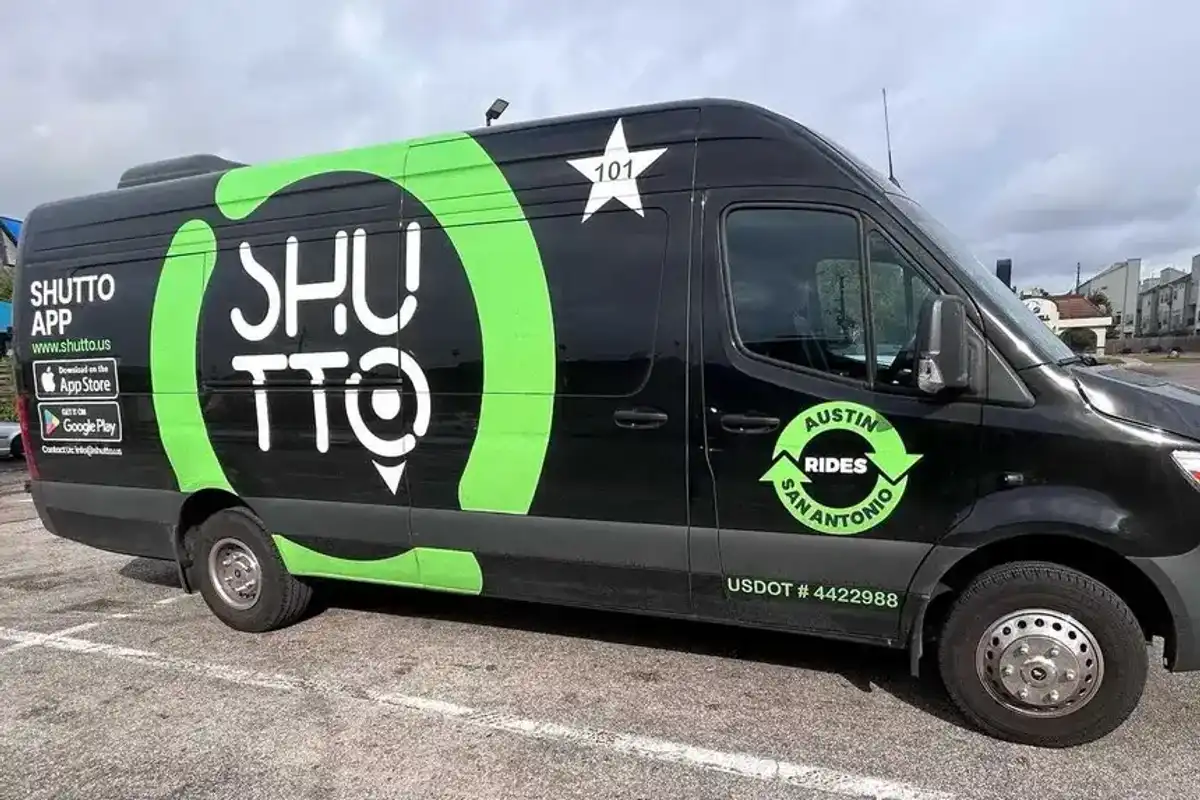Learning culture fosters business success, per this Houston expert
guest column
Employee training is often seen as synonymous with learning and development, but there are significant differences. Understanding the differences can help elevate your organization’s programs and foster a learning culture.
Training teaches employees to perform the core duties of their role, typically competency and task/skills-based learning. Training is usually leveraged when the goal is to elevate an employee’s performance in their current role.
Learning and development (L&D) programs give employees the resources to grow within their current role and ready them for their possible advancement into new positions and/or another role or function. This development should be a collaborative effort with the employee to support the employee’s growth goals. L&D programs build and strengthen your organization’s learning culture, which encourages employees to lean into the overall corporate culture and promotes employee engagement.
There are major benefits when developing L&D programs that impact business success, including:
Employee retention
Employee turnover occurs in every organization, regardless of the work culture. As we continue to maneuver a tight labor market, it is important to consider how each business initiative impacts employee retention. Leadership should not focus on L&D potentially preparing employees for their next position outside the organization. According to LinkedIn’s 2024 Workplace Learning Report, organizations with a strong learning culture saw a 57 percent boost in employee retention. It is much better to invest in and retain your current employees today to drive business success, rather than be forced to invest in constant hiring and onboarding initiatives. Investing in L&D shows your workforce that you value them and care about their future within the company. L&D is a sound investment in your most valuable resource, your people.
Upskilling and reskilling
Today’s labor market has brought increased attention to the value of upskilling and reskilling, with upskilling reducing the skill gaps and preparing employees to advance within your organization, while reskilling teaches employees how to perform an entirely new set of skills. Insperity’s 2024 Business Outlook Report surveyed small- and medium-sized businesses, finding that almost 75 percent either had or planned to introduce an upskilling strategy.
A learning culture is the foundation for upskilling and reskilling within your organization and creates agility in the talent within your business. Upskilling and reskilling opportunities can be individually customized to meet your employees’ career goals, skill sets and the needs of the organization. When members of your workforce experience upskilling and reskilling, others within the organization may be motivated to grow within the organization as well.
Employer branding
Information travels about your organization, whether good or bad. When there are ample L&D opportunities, it improves your employer brand and helps attract top talent who are looking for growth opportunities. A learning culture is a competitive advantage when competing for talent. When the competition does not invest in L&D, your business will stand out more to their employees and prospective candidates as an opportunity for growth and development.
Leveraging your L&D programs and knowing the opportunities available are important for recruiting success. Highlighting upskilling and advancement opportunities are especially important as many employees who choose to work with startups and small businesses want to have a hand in the company’s growth and success. It is also important to discuss how your organizational culture supports learning on the job.
Building a strong learning culture and refining your strategies now will strengthen your current employees’ engagement and attract top-notch talent in the future. Success in business always begins with a focus on your people.
------
Karen Leal is performance specialist with Houston-based Insperity, a provider of human resources offering a suite of scalable HR solutions available in the marketplace.
- How Houston startups can hire top talent amid 'The Big Stay' trend of 2024 ›
- Houston expert shares 5 HR trends to expect to see in 2024 ›
- Houston expert: How you should be approaching recruiting in 2024 ›
- Houston expert: How you should be approaching recruiting in 2024 ›
- Houston HR expert: Mitigating the manager squeeze ›
- 3 things Houston companies need to freshen up when it comes to their HR practices ›
- How to avoid bad hiring decisions when it matters most, according to this Houston expert ›





